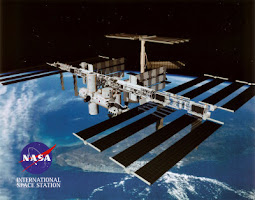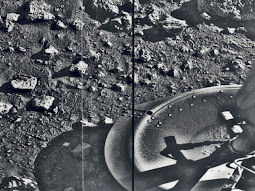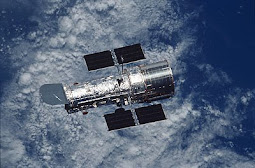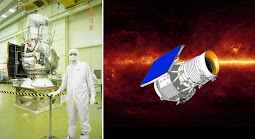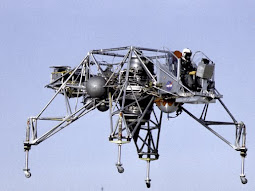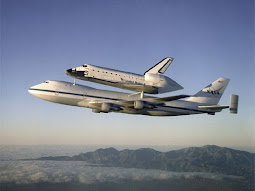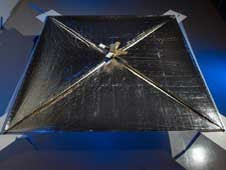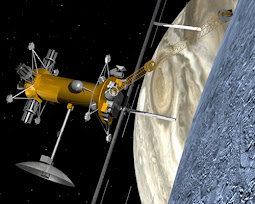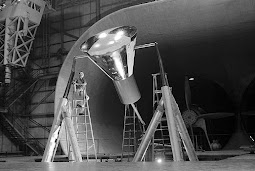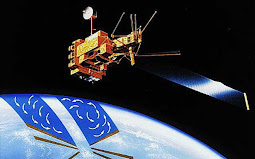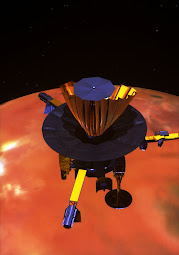Supernova Explosion To Wipe Out Earth
The star, called T Pyxidis, is set to self-destruct in an explosion called a supernova with the force of 20 billion megatons of TNT.
Although the star is thought to be around 3,260 light-years away, a fairly short distance in galactic terms – the bang from the thermonuclear explosion could strip away the Earth's ozone layer, the scientists said.
Astronomers from Villanova University, Philadelphia, in the US, said the International Ultraviolet Explorer satellite has revealed them that T Pyxidis is really two stars, one called a white dwarf that is sucking in gas and progressively growing. When it reaches a decisive mass it will blow itself to pieces.
It will become as intense as all the other stars in the galaxy put together, they said. The Hubble space telescope has photographed the star preparing for its big bang with a series of minor blasts or "burps", called novas.

These explosions came frequently about every 20 years from 1890 – but stopped after 1967. So the next blast is nearly 20 years late, said scientists Edward M Sion, Patrick Godon and Timothy McClain at the American Astronomical Society in Washington
Robin Scagell, vice-president of the UK's Society for Popular Astronomy, said: "The star may definitely became a supernova soon – but soon could still be a long way off so don't have nightmares."




